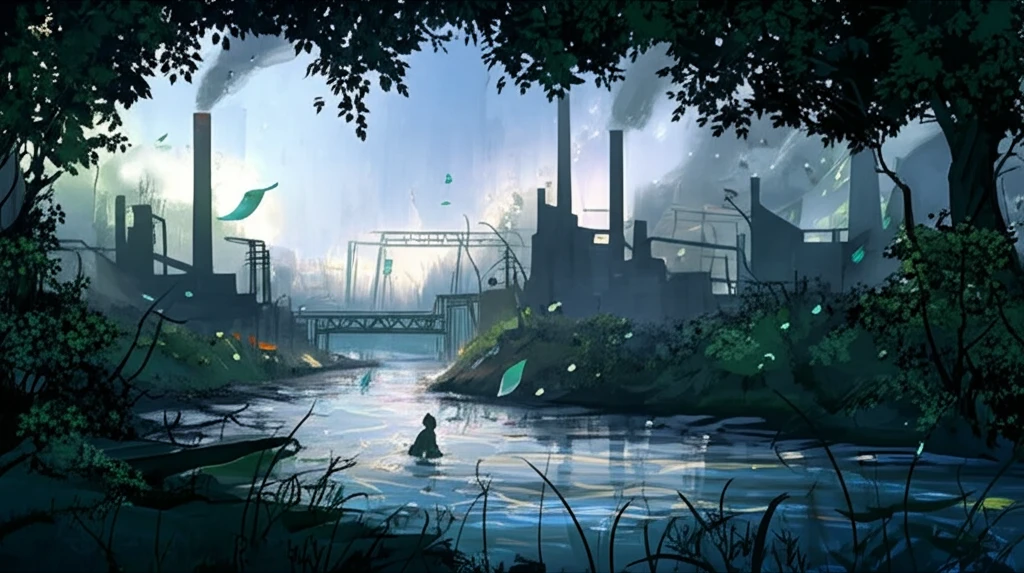
Is Industrial Pollution Threatening Your Water? How to Protect Your Community
"A Deep Dive into River Water Quality Management and Strategies for a Healthier Environment"
Clean water is essential for life, yet rivers worldwide face increasing threats from industrial pollution. These pollutants not only compromise drinking water sources but also disrupt fragile ecosystems and impose significant economic burdens on communities. For many regions, balancing industrial development with environmental protection is a complex challenge that demands innovative solutions.
One such area grappling with this challenge is Sri Lanka, where the Kelani River, a vital water source, is increasingly affected by industrial and urban runoff. Understanding the sources and impacts of pollution is the first step toward effective management and remediation.
This analysis explores how integrated water quality models can help communities understand and manage the impact of pollution sources on their rivers, ensuring a sustainable balance between industrial growth and environmental health. Join us as we delve into strategies and insights for protecting our precious water resources.
Understanding the Impact: How Does Industrial Pollution Affect River Water Quality?

Industrial activities often release a cocktail of pollutants into nearby rivers, including chemicals, heavy metals, and organic waste. These substances can drastically alter the water's composition, leading to reduced dissolved oxygen levels, increased toxicity, and overall degradation of water quality. The consequences are far-reaching, affecting everything from aquatic life to human health.
- Identifying Pollution Sources: Models help distinguish between point sources (like industrial discharge) and non-point sources (like agricultural runoff).
- Estimating Pollutant Transport: They track how pollutants move through the river, considering factors like flow rate, temperature, and chemical reactions.
- Assessing Environmental Impact: By simulating different scenarios, models predict how changes in pollution levels will affect key indicators like dissolved oxygen and biological oxygen demand (BOD).
Protecting Our Water: Steps Your Community Can Take
Addressing industrial pollution in our rivers requires a collaborative effort involving industries, governments, and local communities. By implementing stricter regulations, investing in wastewater treatment technologies, and promoting sustainable practices, we can significantly reduce the amount of pollution entering our waterways. Integrated water quality models play a crucial role in guiding these efforts, providing the insights needed to make informed decisions and prioritize resources effectively. Together, we can ensure clean, safe water for present and future generations.
